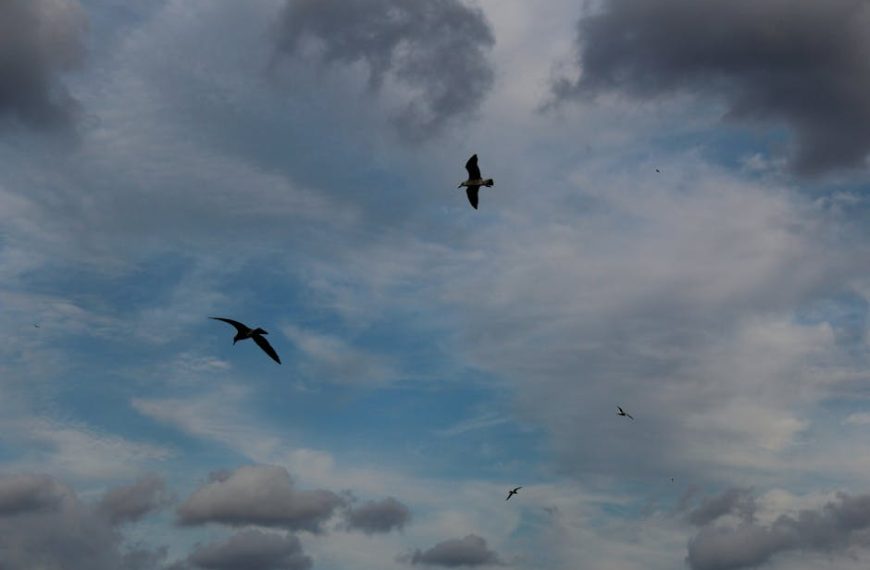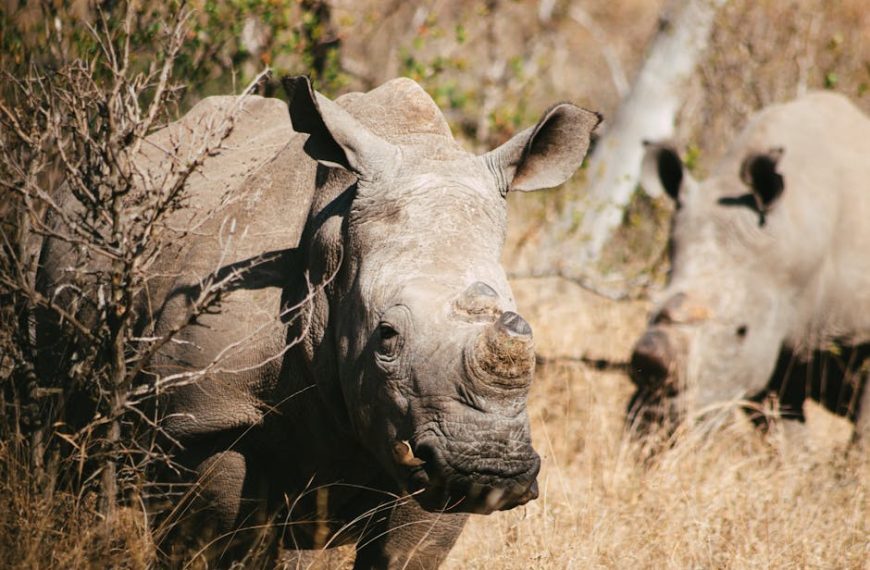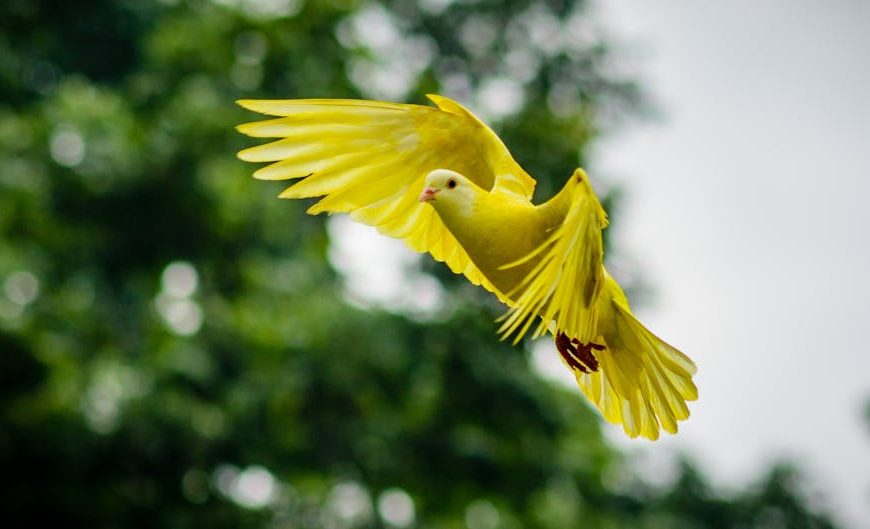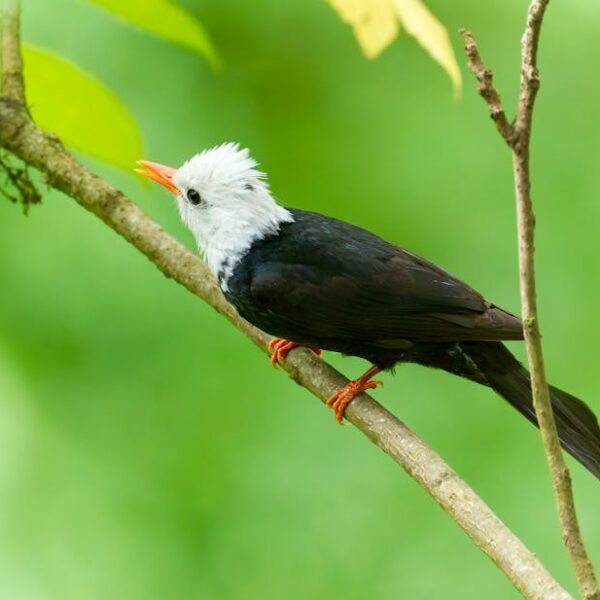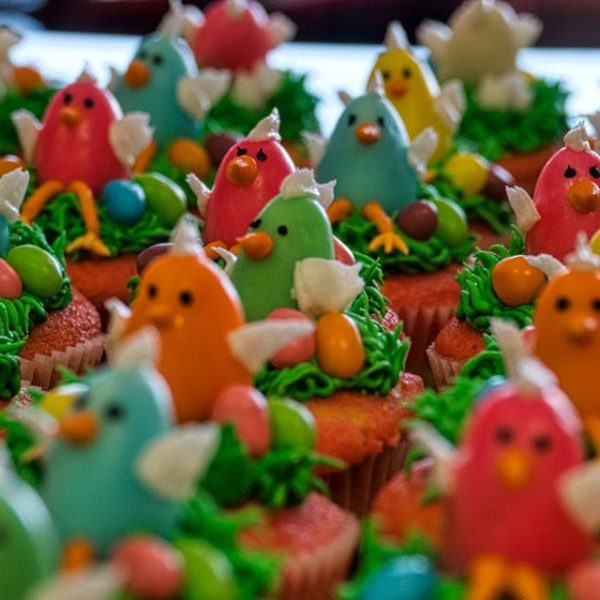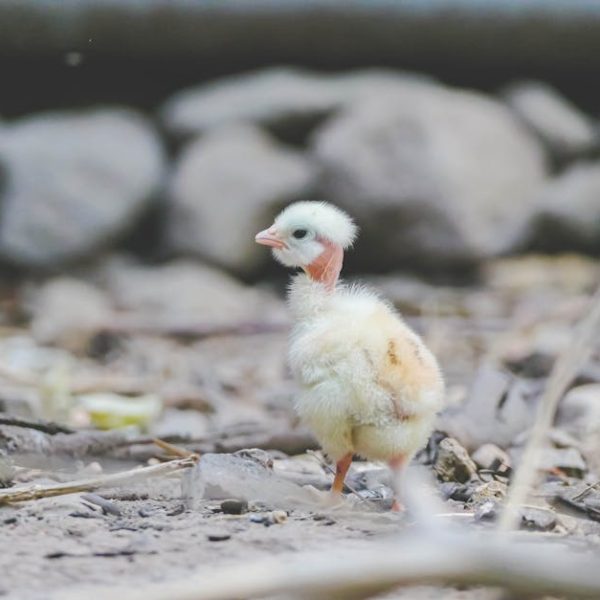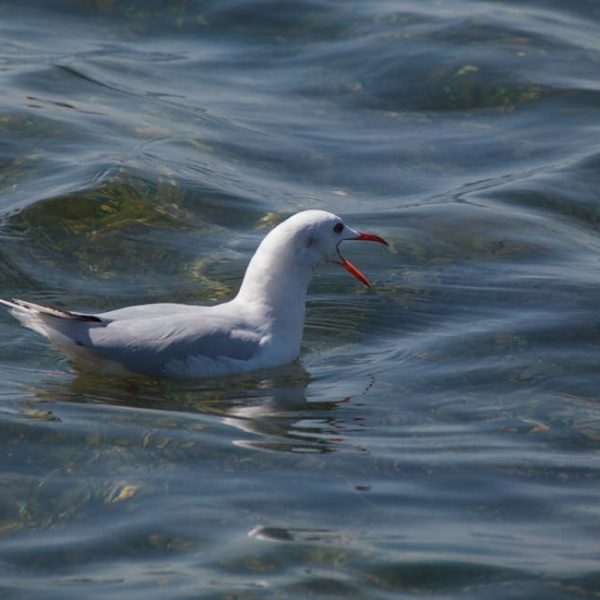Harnessing the raw power of nature, hurricanes are climactic phenomena often feared by humans for their power to wreak havoc. Have you ever wondered though how these monstrous forces influence our feathered friends—the birds? Hurricanes, with their intense gusts and heavy downpours, undoubtedly affect birds directly and indirectly, with repercussions on their behavior, physical condition, habitats, migration routes, and even their overall populations.
Understanding Bird Behavior During Hurricanes
Birds are equipped with an exceptional sense of detecting atmospheric changes. This innate ability allows them to perceive shifts in barometric pressure, a significant indicator of impending hurricanes. Such changes trigger a survival response, propelling birds to seek safer locales, either by relocating to robust structures in their habitat or often by fleeing the area completely.
Pro tip:
At the heart of this remarkable prescience is the avian internal barometer! Birds can detect alterations in atmospheric pressure, possibly due to sensory receptors in their middle ears or changes in their body’s air-sac system.
Let’s delve into their key behavioral responses:
- Flight: Many birds choose to vacate their current locale in advance of a hurricane
- Shelter: Birds unable to flee take refuge within robust structures or foliage within their habitats.
- Frantic feeding: Birds may be seen feeding excessively, preparing for a scarcity of food during the storm.
Physical Toll of Hurricanes on Birds
Hurricanes are no less than a marathon for birds, who have to combat extreme winds, relentless rains, and an armada of flying debris. This ordeal may result in exhaustion, physical injuries, or sadly, at times, death.
Best Practices:
As concerned humans, our immediate assistance can greatly boost birds’ chances of survival. We can construct storm-safe birdhouses, offer food and fresh water and be vigilant to injured birds requiring professional aid.
Pros and Cons:
Human intervention is a double-edged sword; on one hand, some aid can significantly increase the survival rate of birds, but excess interference may lead to dependency or even disrupt natural selection.
Impact on Bird Habitats and Food Sources
Hurricanes are veritable wrecking balls, annihilating bird habitats and decimating food sources. This destruction forces birds to disperse, which often leads to overcrowding in unaffected areas, causing increased competition for limited resources.
Checklist:
Let’s play our part in assisting these displaced avians. Plant bird-friendly flora, offer supplemental birdfeed, and provide them with nesting materials.
Comparison:
A bird habitat pre-hurricane is flourishing with food, shelter, and thriving bird populations, while the post-hurricane scenario often entails devastation, scarcity, and struggle. This drastic change acts as a driving force behind drastic shifts in bird behavior.
Bird Migration and Hurricanes
Migrating birds adopt an intriguing modus operandi in dealing with hurricanes. Utilizing the strong winds of approaching storms, birds can expedite their travel. However, this strategy is not without its perils.
Pro tip:
Migrating birds routinely alter their flight paths in response to prevailing wind conditions. However, Hurricanes can dramatically change these patterns, leading to significantly altered migration routes.
Key changes observed in bird migration during hurricanes include:
- Altered timing: Birds may migrate earlier or later than usual.
- Changed direction: Birds may change their migratory direction to avoid the storm.
- Increased flight speed: Birds may use the hurricane’s winds to accelerate their travel.
Influence of Climate Change on Hurricanes and Bird Population
Climate change, with its intricate links to the frequency and intensity of hurricanes, has far-reaching implications for bird populations. Research suggests increasing storm severity could pose a formidable challenge for many bird species.
Pro tip:
The impacts of climate change on bird populations are complex and multifaceted. For instance, altered storm patterns may disrupt bird migration and breeding, leading to potential declines in certain species.
Pros and Cons:
The influence of amplified hurricanes due to climate change has both advantages and drawbacks—initially, strong winds could help long-distance travelers, but these benefits are pale in comparison to potential habitat loss, disrupted breeding patterns, and increased mortality.
In conclusion, while birds exhibit remarkable resilience in the face of hurricanes, these formidable storms still pose significant challenges. With increasing storm frequency due to climate change, it is crucial to understand and mitigate these potential threats to ensure that our avian friends continue to grace our skies.
Key Takeaway:
- Birds can sense changes in atmospheric pressure, signaling the approach of a hurricane, triggering their survival instincts to relocate or find safe shelters.
- Hurricanes pose immense physical challenges to birds causing exhaustion, injury, and in some cases, death.
- The destruction caused by hurricanes dramatically impacts bird habitats and food sources, causing displacement and resource scarcity.
- Hurricanes influence bird migration, affecting their timing, direction, and speed.
- Climate change, intensifying and increasing the frequency of hurricanes, raises concerns for the long-term impact on bird populations.
Remember, we can all play a role in supporting the survival of birds in the face of these hurricanes. Simple steps such as building storm-safe shelters, providing supplemental bird feed, or merely being watchful for injured birds can make a significant difference. Let’s do our part in preserving the fascinating diversity of birds and keeping our skies lively.
FAQs
Q: How can I make my garden bird-friendly post-hurricane?
A: You can make your garden bird-friendly post-hurricane by planting bird-friendly flora, providing nesting materials, and offering supplemental birdfeed.
Q: How can I assist migrating birds during hurricanes?
A: Establishing safe shelters and feeding spots can significantly help migrating birds during hurricanes. It’s important to keep a watchful eye and avoid disturbing their migratory patterns.
Q: Can human intervention disrupt natural selection in birds?
A: Yes, excessive human intervention, like excessive feeding or providing too much shelter, could potentially disrupt natural selection in birds by making them overly dependent.
Q: How does climate change affect bird populations?
A: Climate change can affect bird populations by increasing the frequency and intensity of hurricanes, which can disrupt habitats, migration patterns, breeding cycles, and food sources.
Q: How do birds manage to survive during hurricanes?
A: Birds rely on various survival strategies during hurricanes. Their ability to sense pressure changes allows them to seek safe environments. Some birds may use the strong winds to facilitate their migration, while others take refuge in robust structures within their habitats.
If you found this article useful, share it with your friends and explore more informative posts on our website.


